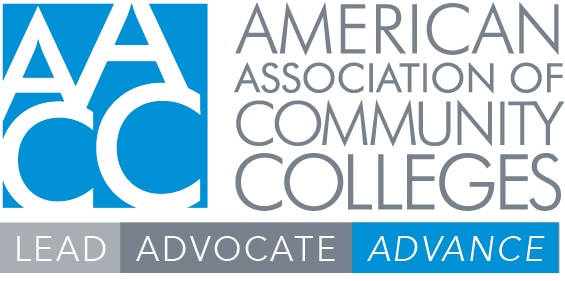The U.S. Department of Health and Human Services’ (HHS) Administration for Children and Families (ACF) has proposed new rules to ensure program integrity for Temporary Assistance for Needy Families (TANF) state grants. The rules, proposed in October, clarify states’ obligations for administering TANF dollars in compliance with the program’s statutory goals and create new criteria to ensure states do not misuse funds.

The Notice of Proposed Rulemaking (NPRM) could affect funding for community college students. ACF found that at least eight states have misused TANF dollars to fund scholarship and tuition assistance programs that do not relate to any key TANF goal, as is required by the law, and, in some cases, serve students from middle- and high-income families. Under the new rules, state lawmakers would have to reallocate these TANF dollars and find new revenue sources to maintain the scholarship programs.
Limits on ‘needy’ definition
The Public Health and Welfare Act requires TANF dollars to go towards accomplishing one of four key program objectives:
- Provide assistance to needy families so that children may receive care in their own homes or the homes of relatives.
- End the dependence of needy parents on government benefits by promoting job preparation, work and marriage.
- Prevent and reduce the incidence of out-of-wedlock pregnancies.
- Encourage the formation and maintenance of two-parent families.
TANF dollars have helped to support a wide range of programs and services that cite the above objectives as key outcomes. These include employment and training assistance and scholarships to encourage degree and credential attainment for low-income individuals. However, some states have used TANF dollars to shore up programs that are not as closely tied to the program’s objectives, resulting in scrutiny and the promulgation of the new regulations.
To that end, the proposed rules would create a new federal limit on how states may define “needy” to focus TANF dollars on programs benefiting low-income families. The new ceiling will be 200% of federal poverty guidelines, with states free to set standards at or below that ceiling. ACF has identified programs in at least 40 states that provide funds to families with incomes exceeding this cap, including childcare programs, child welfare programs, tax credits, housing benefits, tuition assistance and emergency assistance programs. In some cases, TANF dollars are delivering benefits to middle-class families with incomes up to 500% of federal poverty guidelines.
‘Reasonable person’ test
Another proposed change establishes a new standard to assess whether an activity or benefit funded with TANF dollars is reasonably related to the four goals of the program. This is important because the new “needy” definition will only apply to programs citing the first two TANF goals as key outcomes. ACF has identified several states that are using TANF dollars to fund programs with a tenuous relationship to the goals of preventing and decreasing out-of-wedlock pregnancies and encouraging the formation of two-parent families. These include more than $1 billion from the TANF program spent on state scholarships for middle- and high-income individuals without children in at least eight states. AFC did not publicly identify the states in the NPRM.
In response, the new rules would require funded programs to pass a “reasonable person” test – a commonly used legal and administrative standard – for being related to a key TANF goal, with states able to submit programmatic evidence of the relationship. In this case, the new standard would be “would a reasonable person consider expenditures to be within one or more of the enumerated four purposes of the TANF program?” If a program receiving TANF dollars does not meet this standard, ACF would assess that the state has misused TANF funds and could fine the state.
What it means for two-year colleges
It is not immediately clear how many community colleges the rule change would affect. Still, administrators may want to connect with state offices to determine if students will see a disruption in state scholarships or financial aid, if the rule is adopted as proposed.
Community colleges can and should push for state policymakers to use TANF dollars for tuition assistance, scholarships, childcare and other benefits that support degree and credential attainment for individuals who meet the new “needy” standard. Colleges can also encourage state leaders to find alternative funding for state financial aid programs that support community college students.





